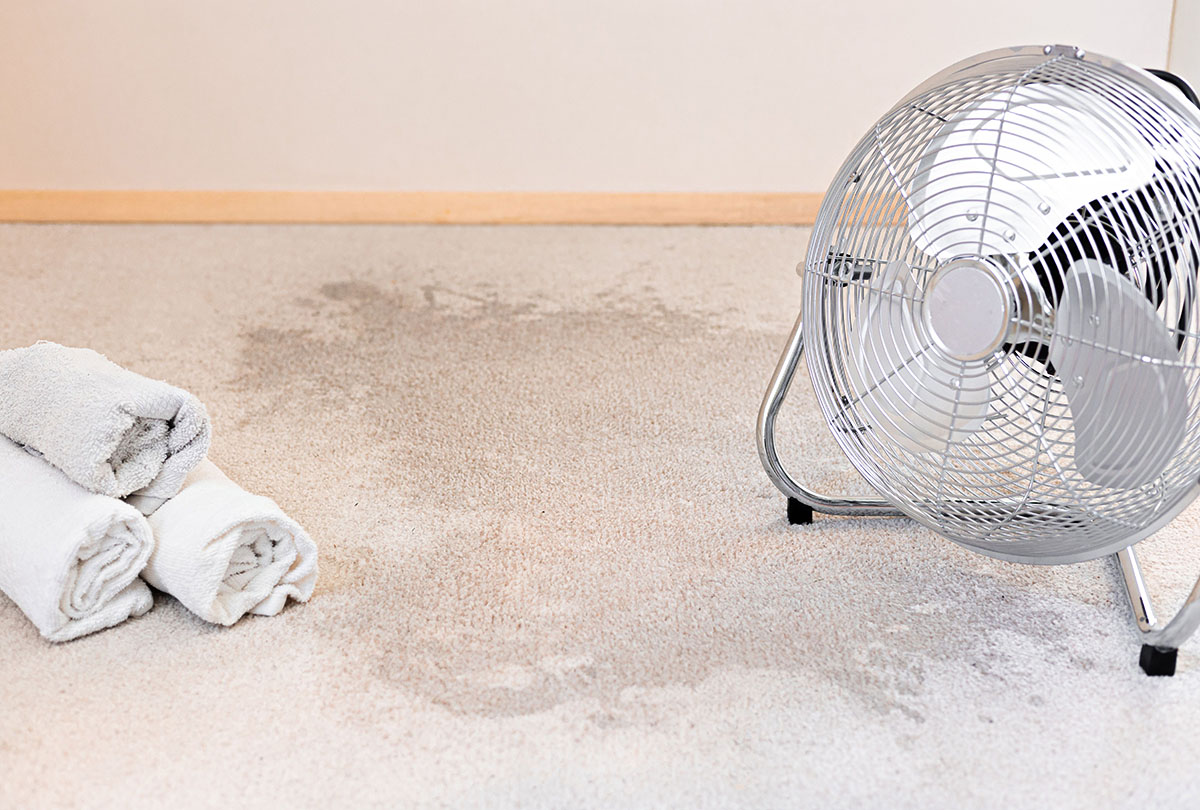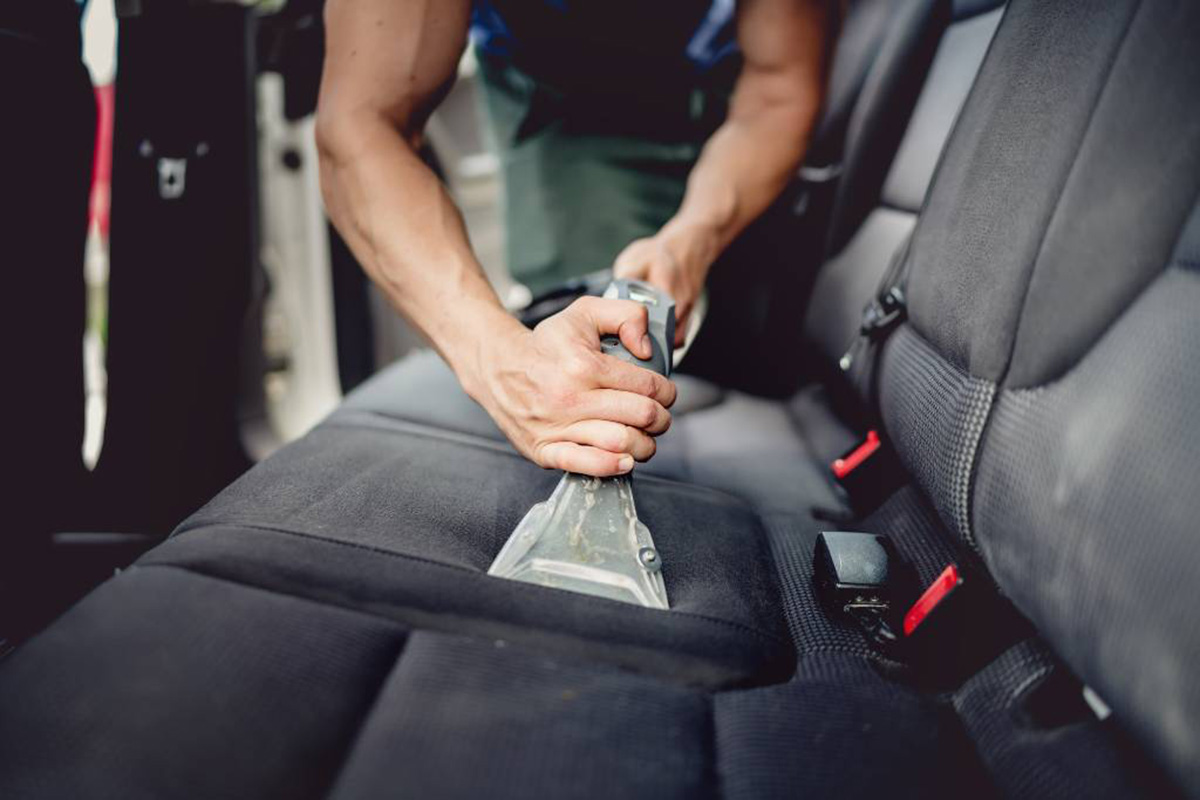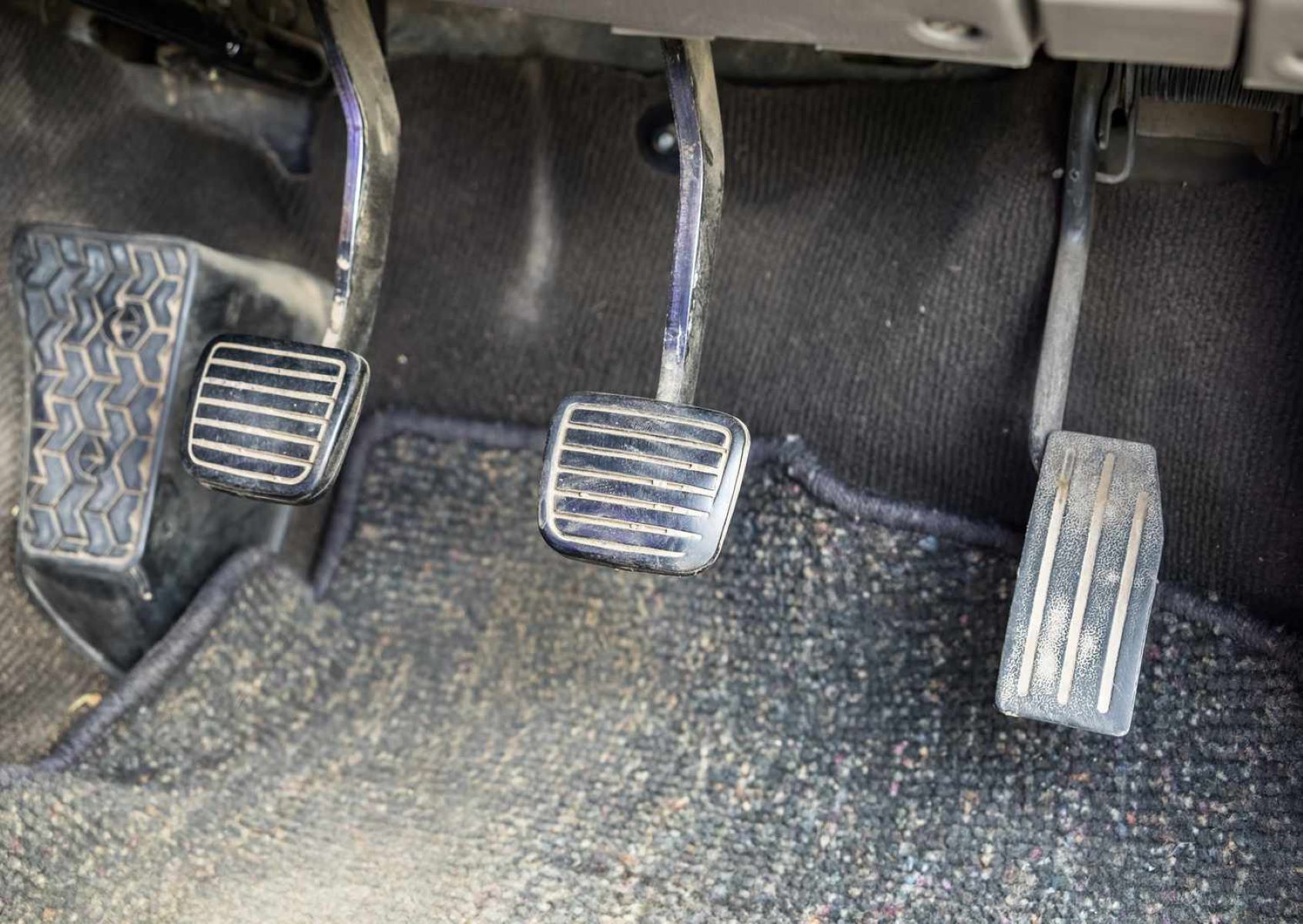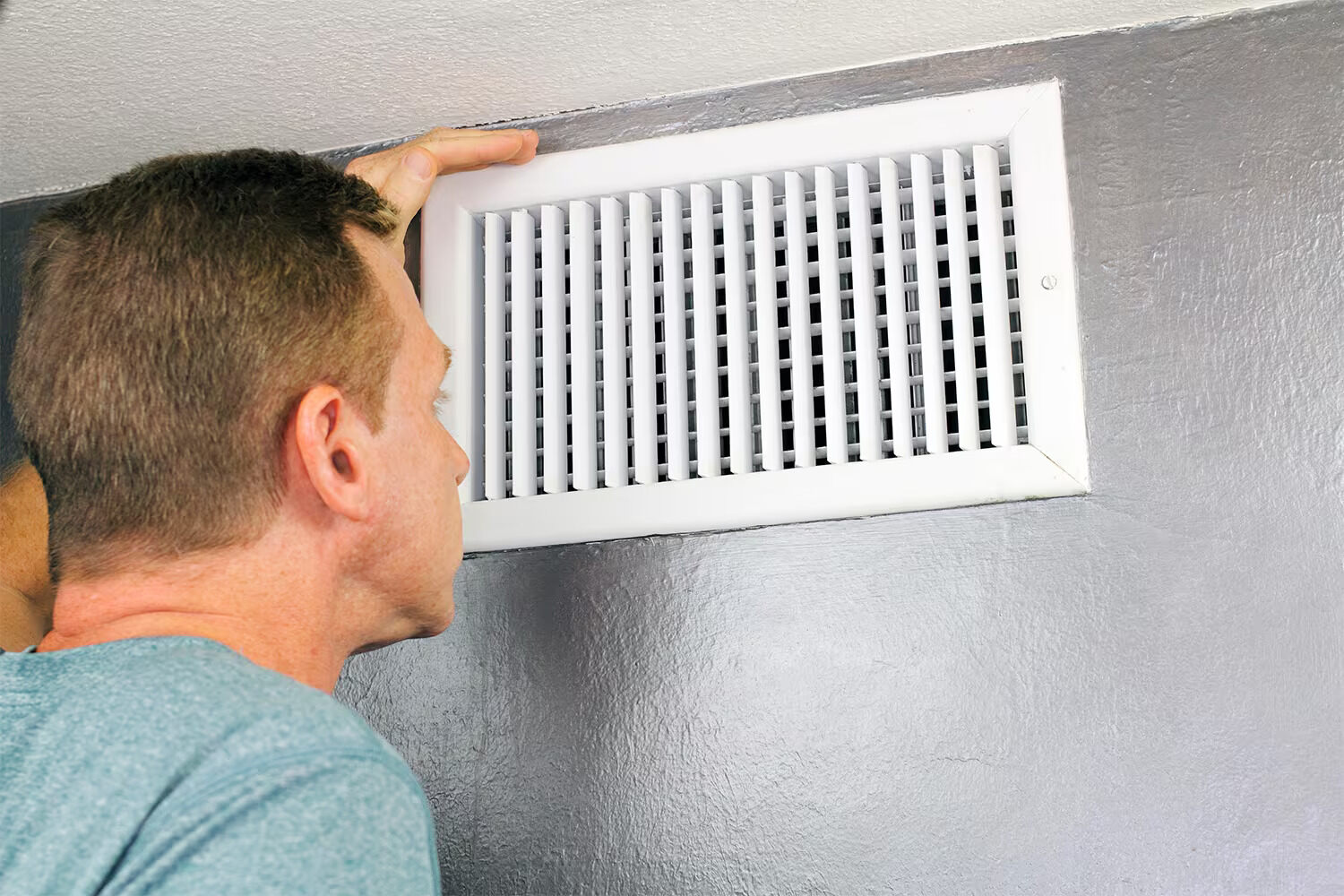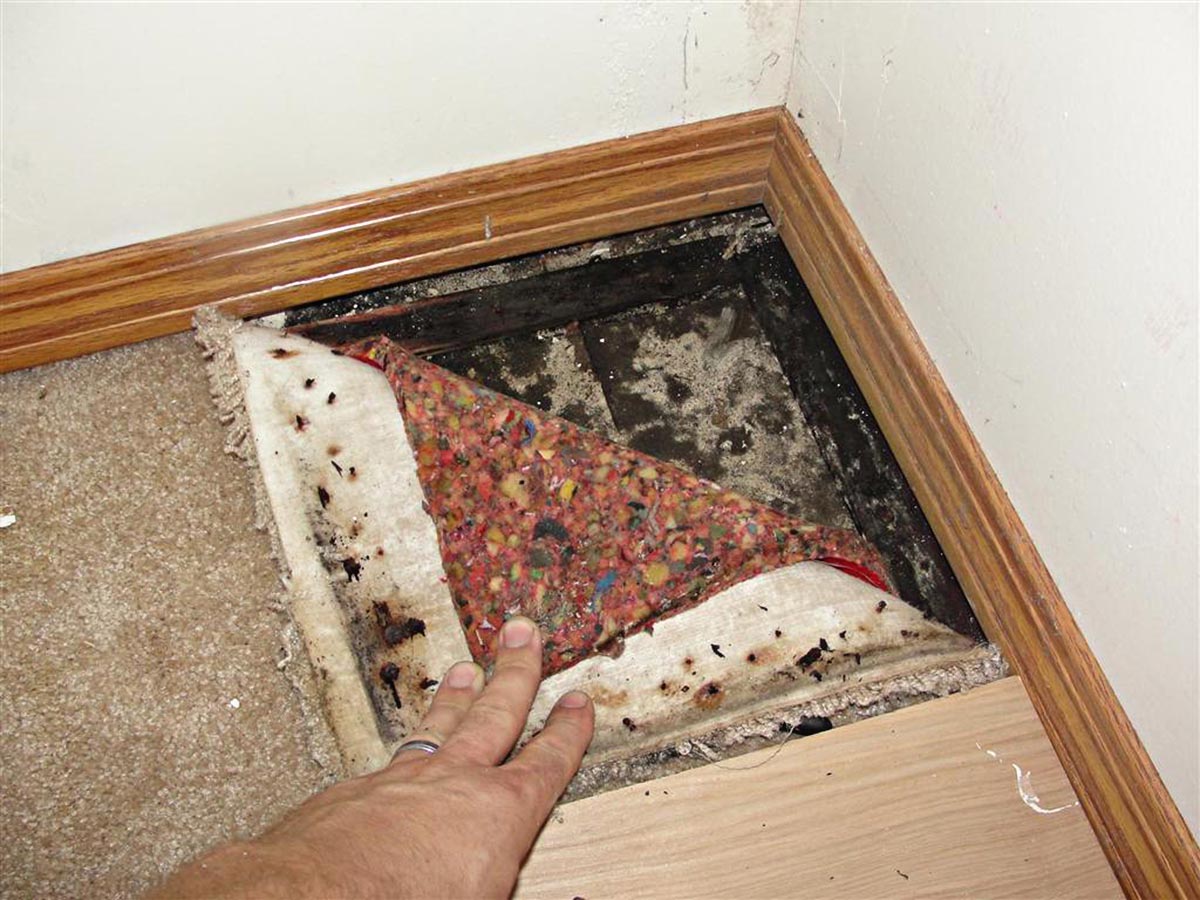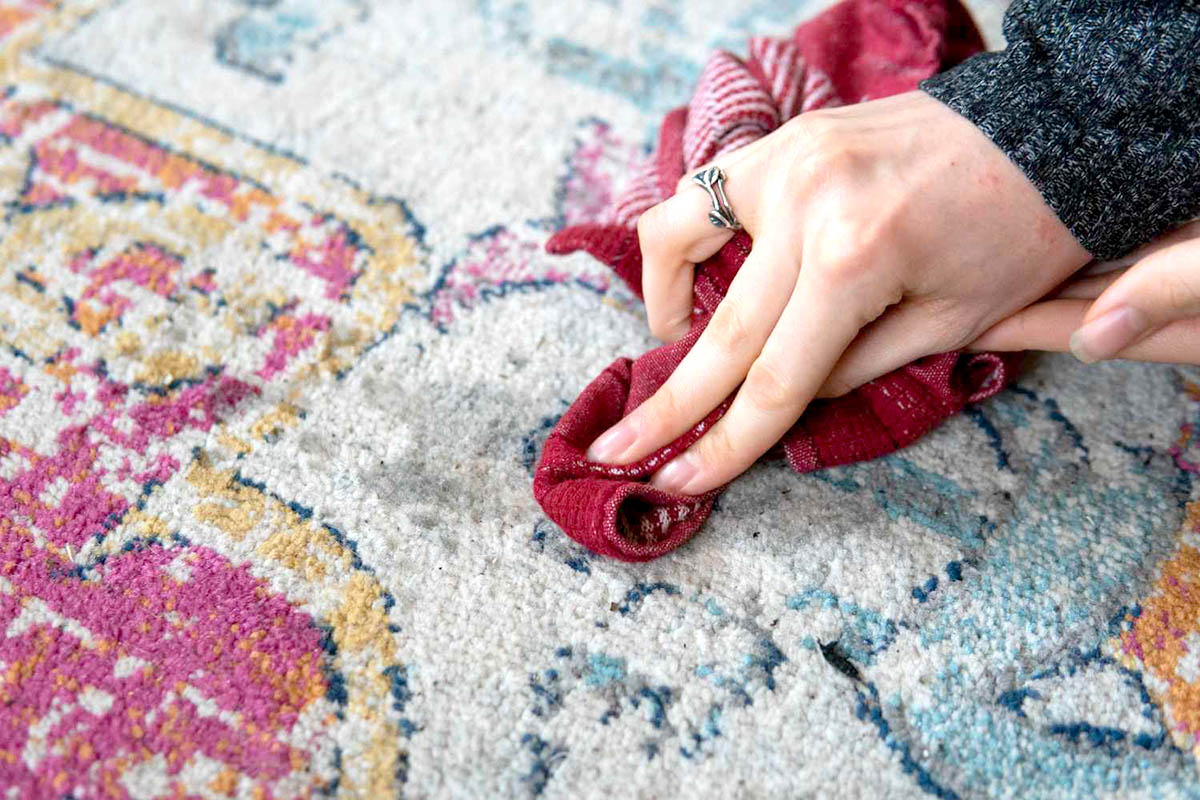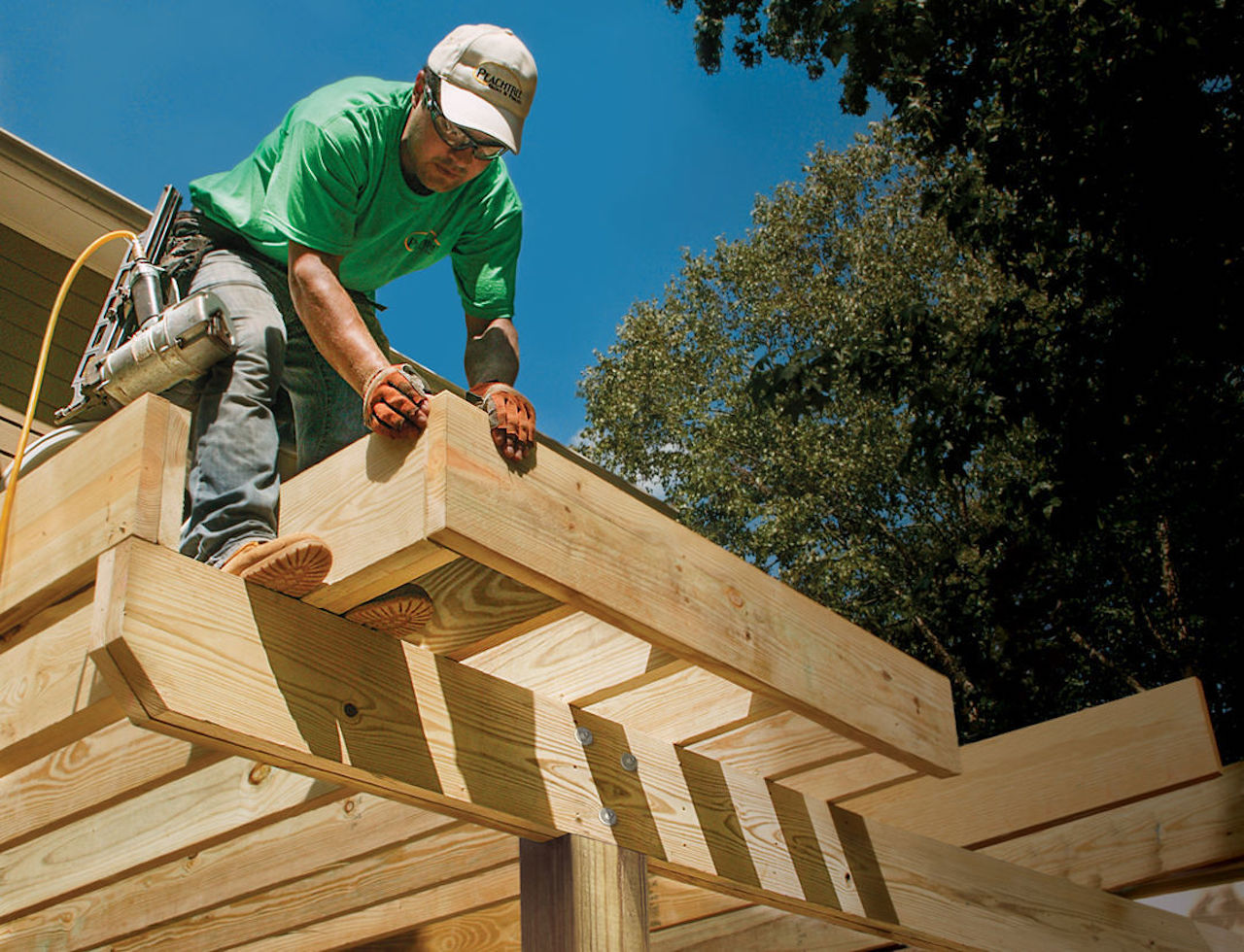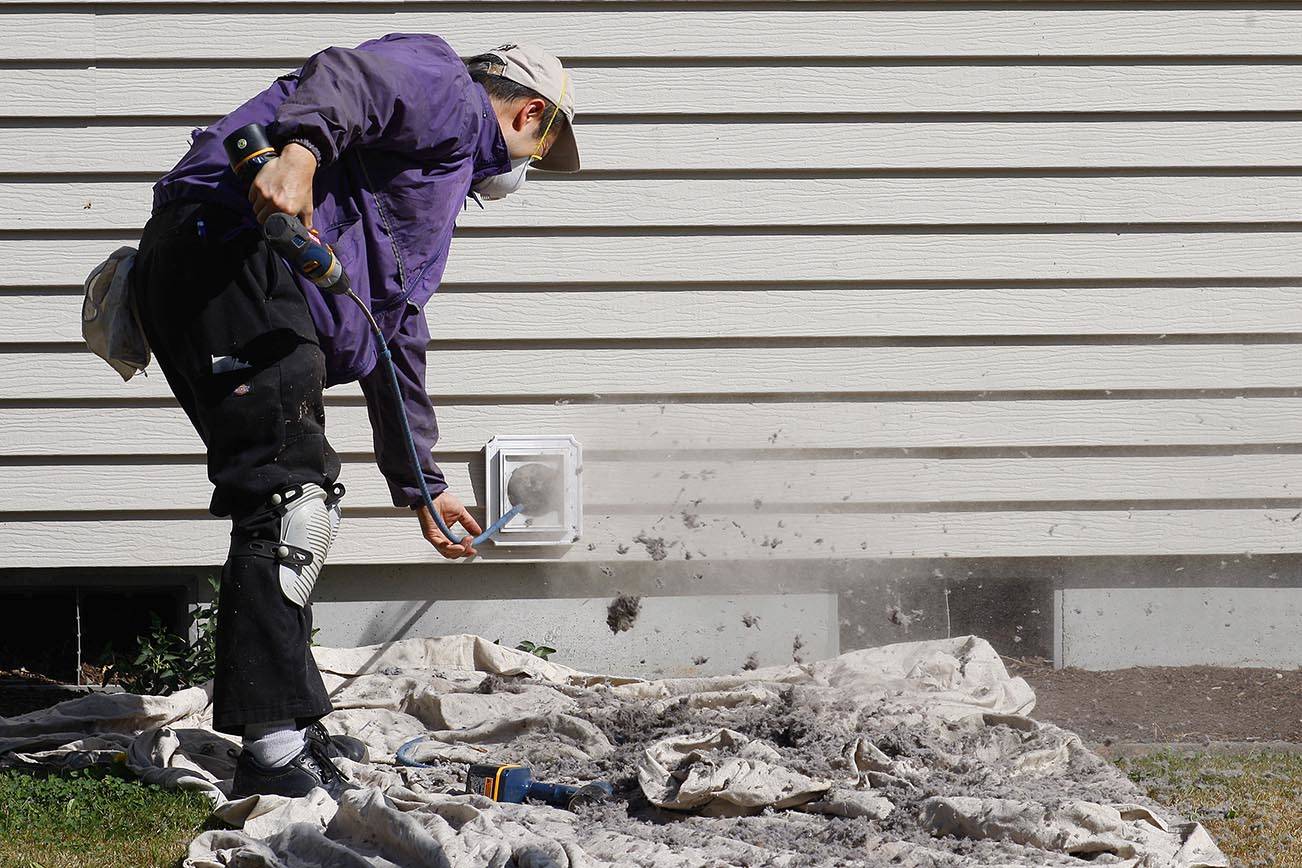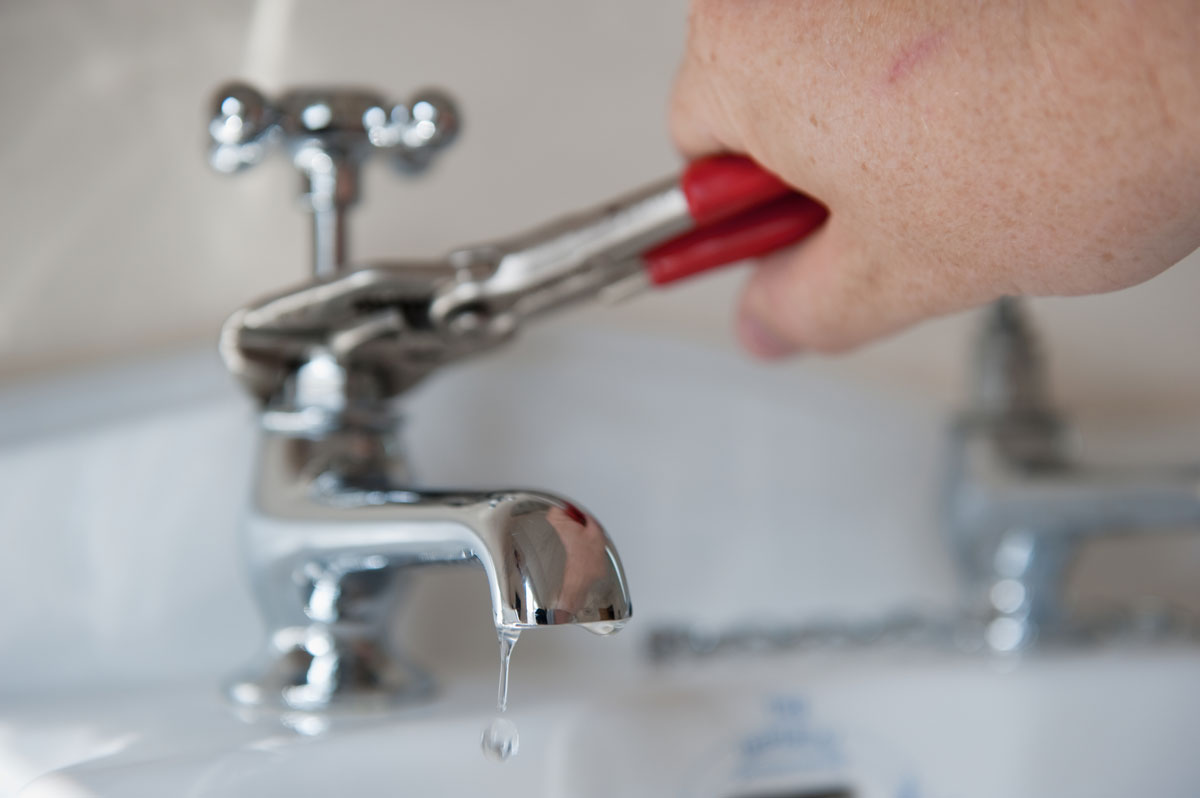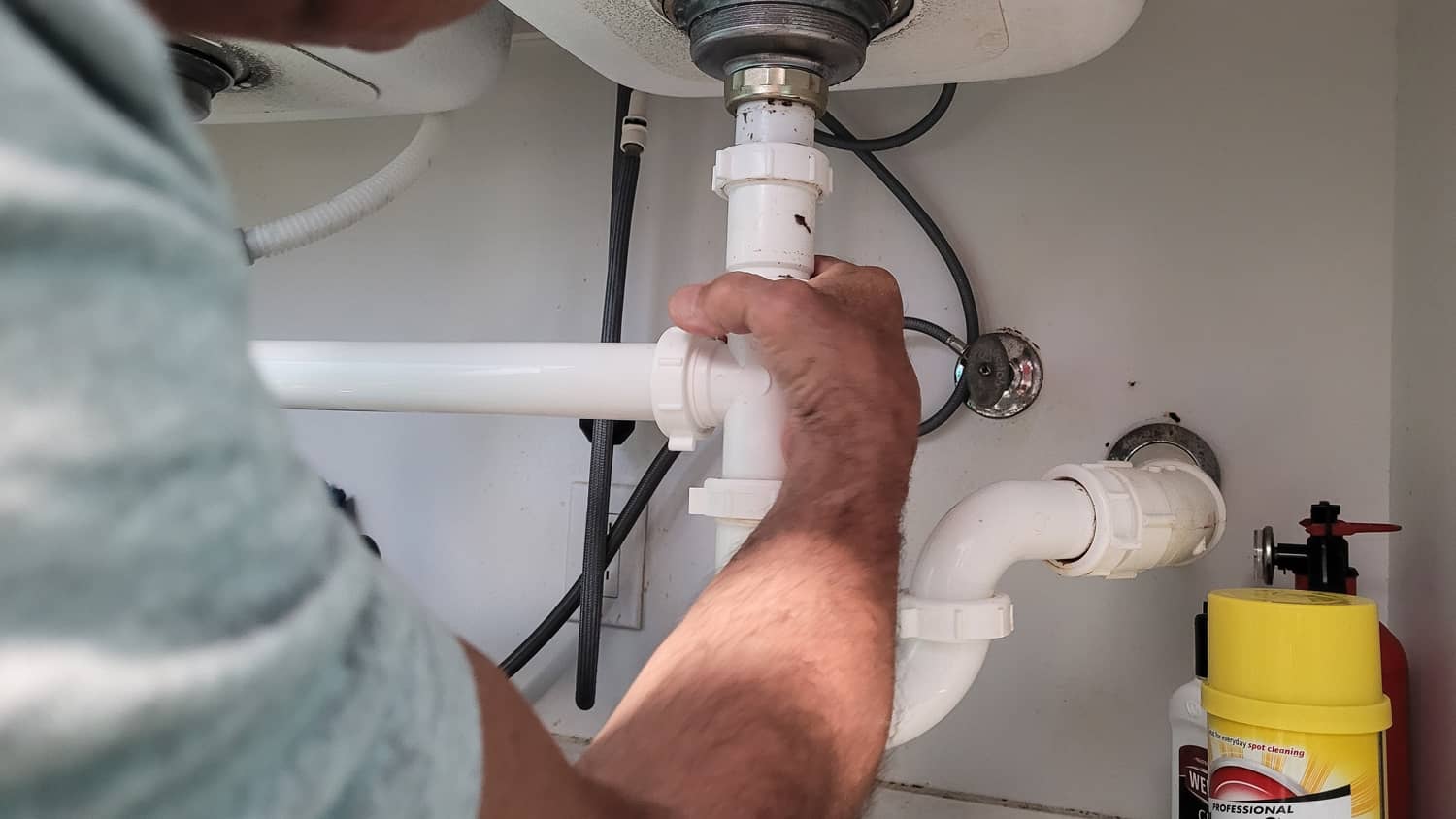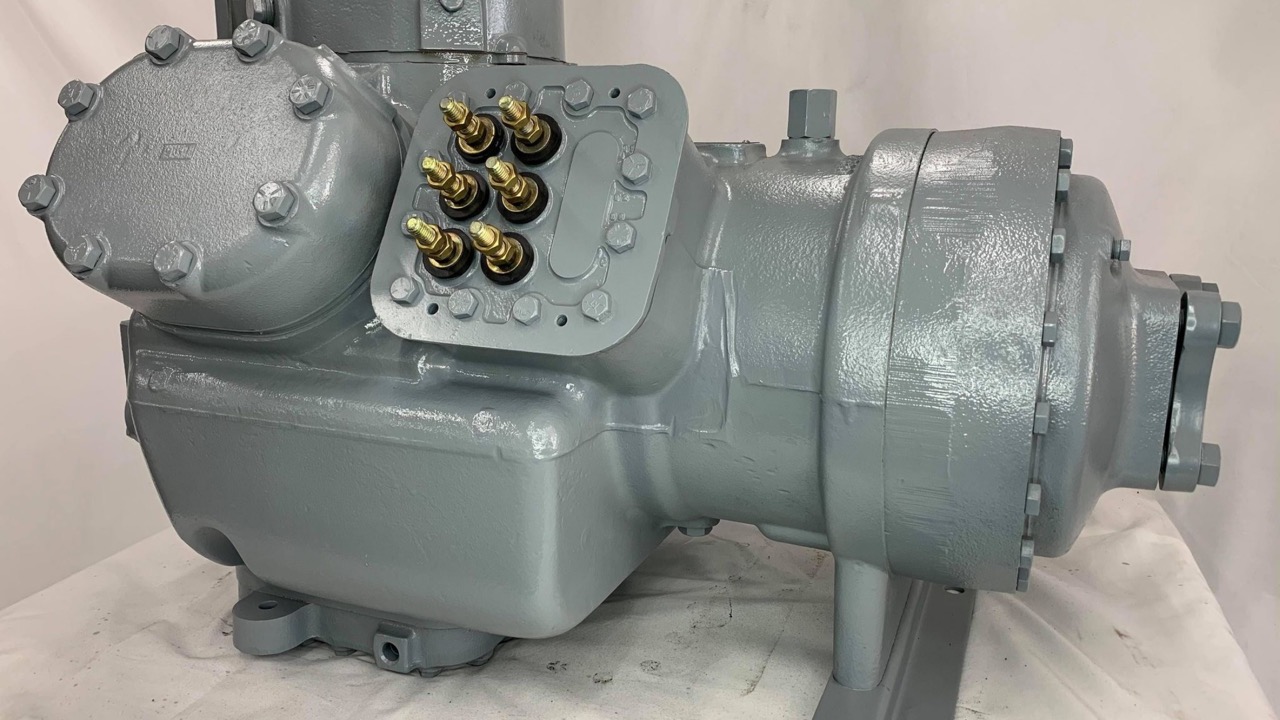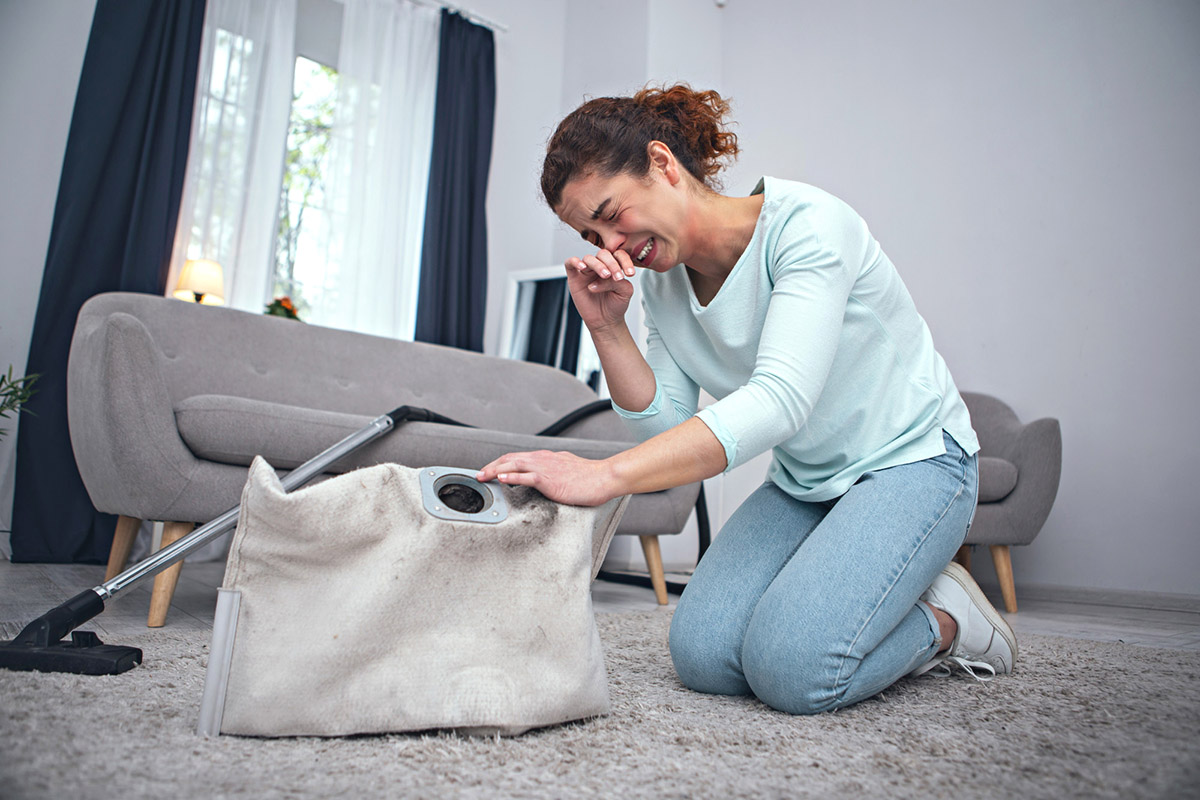

Articles
How To Check Carpet For Mold
Modified: September 1, 2024
Learn how to properly check your carpet for mold with this informative article. Protect your home from potential health hazards.
(Many of the links in this article redirect to a specific reviewed product. Your purchase of these products through affiliate links helps to generate commission for Storables.com, at no extra cost. Learn more)
Introduction
Having a carpet in your home can add warmth and comfort to any space. However, carpets are prone to various issues, including the growth of mold. Mold can be a serious problem as it not only affects the appearance of your carpet but also poses health risks. Mold spores can trigger allergies, respiratory problems, and even cause infections in individuals with weakened immune systems.
It’s essential to regularly check your carpets for mold to catch any signs of infestation early on. Whether you have a suspicion of mold growth or simply want to ensure the cleanliness and safety of your carpets, this article will guide you through the process of checking carpets for mold.
Understanding Mold in Carpets
Mold is a type of fungus that thrives in damp and humid environments. Carpets can provide an ideal breeding ground for mold if they are exposed to moisture or have poor ventilation. Mold spores are tiny and can float in the air, making them easy to inhale and cause health problems.
Signs of Mold in Carpets
Before you begin the mold-checking process, it’s important to be aware of the common signs that indicate the presence of mold in your carpets:
- Visible dark spots or discoloration on the carpet surface
- Musty or foul odor coming from the carpet
- Increased allergic reactions or respiratory symptoms in individuals spending time near the carpet
Key Takeaways:
- Regularly checking your carpets for mold is crucial to maintain a healthy living environment. Follow visual, smell, and moisture tests, and consider professional mold testing for a comprehensive assessment.
- Prevention and maintenance are key to keeping your carpets mold-free. Control moisture, address spills promptly, and invest in professional carpet cleaning to minimize the risk of mold growth.
Read more: How To Check For Mold In Basement
Understanding Mold in Carpets
Mold is a type of fungus that can grow in various environments, including carpets. Carpets provide an ideal breeding ground for mold due to their porous nature and ability to trap moisture. Mold spores are microscopic and can float in the air, making them easy to inhale and potentially causing health issues.
There are several reasons why mold may grow in carpets. One of the main factors is excess moisture or water damage. If a carpet gets wet and is not properly dried, the damp conditions can create the perfect environment for mold to thrive. This can happen due to various reasons such as leaks, spills, or flooding.
Poor ventilation can also contribute to mold growth in carpets. When there is limited air circulation, moisture can get trapped in the carpet fibers, encouraging mold growth. Additionally, high humidity levels in the environment can increase the likelihood of mold development in carpets.
It’s important to note that not all types of mold are harmful or toxic. However, even non-toxic molds can trigger allergies and respiratory issues in individuals who are sensitive or have pre-existing conditions. Some common symptoms of mold exposure include coughing, sneezing, wheezing, itchy eyes, and skin irritation.
In addition to the health risks, mold can also cause damage to the carpet itself. It can weaken the carpet fibers and lead to discoloration or stains. If left unchecked, mold can spread and contaminate larger areas of the carpet or even other parts of the home.
Regular maintenance and prompt action are crucial to preventing and addressing mold growth in carpets. By understanding the factors that contribute to mold growth and being proactive in checking for signs of mold, you can keep your carpets clean, safe, and mold-free.
Signs of Mold in Carpets
It’s important to be vigilant and look out for any signs of mold growth in your carpets. Catching mold early can help prevent further damage and minimize health risks. Here are some common signs to watch out for:
- Visible dark spots or discoloration: Mold often appears as dark spots or patches on the surface of the carpet. These spots can be black, green, or brown in color. If you notice any unusual discoloration, it is a clear indication of mold growth.
- Musty or foul odor: Mold has a distinct musty smell that is often described as damp or earthy. If you notice a lingering unpleasant odor coming from your carpet, it could be a sign of hidden mold growth underneath.
- Allergic reactions or respiratory symptoms: Mold spores can cause allergic reactions in individuals who are sensitive or have allergies. If you or anyone in your household experiences increased allergy symptoms such as sneezing, coughing, or congestion when near the carpet, it could be due to mold contamination.
- Water damage history: If your carpet has previously been exposed to water damage, whether from a leak, flood, or spill, it becomes more susceptible to mold growth. Keep a close eye on such carpets for any signs of mold.
It’s important to note that mold can sometimes develop in hidden areas of the carpet, such as underneath furniture or in the padding. Therefore, it’s crucial to check not only the visible areas but also the hidden parts for any signs of mold.
If you detect any of these signs, it’s essential to take immediate action to prevent further mold growth and to mitigate any potential health risks associated with mold exposure.
In the following sections, we will discuss the steps to check for mold in carpets, which will help you accurately assess the presence of mold and determine the appropriate course of action.
Steps to Check for Mold in Carpets
To accurately assess whether your carpets have mold growth, follow these steps to conduct a thorough inspection:
Step 1: Visual Inspection
Start by visually examining the carpet surface for any visible signs of mold. Look for dark spots, discoloration, or patches that stand out from the rest of the carpet. Pay close attention to areas near windows, doors, or areas that have experienced water damage in the past.
Read more: How To Check For Mold In HVAC System
Step 2: Smell Test
Use your sense of smell to detect any musty or moldy odor coming from the carpet. Get down close to the carpet and take a deep breath to see if there is any noticeable smell. If you detect a pungent or unpleasant odor, it may indicate mold growth.
Step 3: Moisture Test
Mold thrives in damp environments, so it’s important to assess the moisture levels of your carpet. Use a moisture meter specifically designed for carpets to measure the moisture content. High moisture levels can indicate a favorable condition for mold growth.
Step 4: Surface Sampling
If you suspect mold but cannot see any visible signs, you can collect surface samples from the carpet for laboratory analysis. Use an adhesive lift tape or a clean, disposable swab to collect samples from different areas of the carpet. Place the sample in a clean, airtight container and send it to a certified mold testing laboratory for analysis.
Step 5: Professional Mold Testing
If the above steps do not provide conclusive results or if you want a comprehensive assessment, consider hiring a professional mold inspector. A certified mold inspector will have the necessary tools and expertise to conduct a thorough assessment of your carpets and identify any mold growth. They may use specialized equipment, such as thermal imaging cameras, to detect hidden mold.
Remember, it’s important to exercise caution when handling or attempting to remove mold. Disturbing the mold growth without proper precautions can release mold spores into the air, potentially causing respiratory issues. If you suspect a significant mold infestation or have concerns about your health, it’s best to consult a professional mold remediation specialist.
By following these steps, you can effectively check for mold in your carpets and take appropriate action based on the findings.
Read more: How To Clean Mold On A Carpet
Step 1: Visual Inspection
The first step in checking for mold in carpets is to conduct a visual inspection. This process involves carefully examining the carpet surface for any visible signs of mold growth. Here’s how you can perform a thorough visual inspection:
1. Prepare the Area: Begin by clearing the area around the carpet, removing any furniture or obstacles that may hinder your view or access to the carpet. This will allow you to have a clear and unobstructed view of the entire carpet surface.
2. Adequate Lighting: Ensure that the area is well-lit so that you can easily spot any signs of mold growth. Natural sunlight or bright indoor lighting can help reveal even the subtlest discoloration or spotting on the carpet.
3. Start the Inspection: Begin inspecting the carpet systematically, section by section. Start from one corner of the room and progressively move along the entire carpet surface. Look for any irregularities, discoloration, or spots that are visually different from the rest of the carpet.
4. Check Different Areas: Pay special attention to areas that are more prone to moisture or water exposure, such as near windows, doors, or areas that have experienced previous water damage. Mold thrives in damp environments, so it’s crucial to thoroughly inspect these susceptible areas.
5. Look for Discoloration: Mold growth often appears as dark spots or patches on the carpet surface. These spots can be black, green, brown, or even gray. Keep a close eye for any areas of discoloration that stand out from the surrounding carpet fibers.
6. Check Edges and Corners: Mold can often start growing near the edges or corners of the carpet, particularly if moisture has seeped in from the sides. Inspect these areas carefully for any signs of mold growth or staining.
7. Inspect Underneath Furniture: If there are any furniture pieces or rugs placed on top of the carpet, lift them and inspect the area underneath. Mold can easily go unnoticed in hidden areas, so it’s essential to check these hidden spots as well.
8. Take Detailed Notes: As you conduct the visual inspection, make sure to take detailed notes of any areas that show signs of mold growth. This information will come in handy if you need to take further action or consult a professional.
Regular visual inspections, ideally performed every few months, can help you catch mold growth early before it spreads or causes extensive damage. If you discover any signs of mold during the visual inspection, proceed with the subsequent steps to confirm the presence of mold and determine the best course of action for remediation.
Step 2: Smell Test
The second step in checking for mold in carpets is to conduct a smell test. Mold often produces a distinct musty or moldy odor, which can be a strong indicator of mold growth even if there are no visible signs. Here’s how to perform a thorough smell test:
1. Clear the Area: Ensure that the area around the carpet is free from any strong odors or fragrances that could interfere with your ability to detect the mold smell. Remove any air fresheners or scented products in the vicinity.
2. Get Close to the Carpet: Position yourself close to the carpet surface, either by kneeling or bending down. This proximity will allow you to inhale deeply and get a better sense of any prevailing odors.
3. Take a Deep Breath: Inhale deeply through your nose and try to detect any unusual or musty smells coming from the carpet. Focus on the areas that appear visually suspect or those that are prone to moisture, such as near windows, doors, or areas with a history of water damage.
4. Trust Your Nose: Pay attention to your sense of smell. If you detect a distinctive musty odor that is different from the usual scent of a clean carpet, it could be an indication of mold growth. Mold has a damp, earthy smell that is often difficult to ignore once you become familiar with it.
5. Compare with Other Areas: If you have other carpets or areas in your home without suspected mold growth, take a moment to smell those areas as well. This comparison can help you differentiate between the normal carpet scent and any potential mold odor.
6. Consult Others: If you are unable to detect any significant odors on your own, it can be helpful to ask someone else to perform the smell test. Another person may have a more sensitive sense of smell or offer a fresh perspective.
7. Note Your Findings: As you conduct the smell test, make sure to take notes of any abnormal or musty odors coming from the carpet. Document the specific areas where the smell is noticeable or strongest.
Remember that the smell test is not foolproof, as other factors like pet stains, spills, or excessive humidity can also contribute to unfavorable scents. However, a distinct musty odor, especially when combined with other signs, can be a strong indication of mold growth in the carpet.
If you detect any unusual smells during the smell test, it is recommended to proceed with the next steps to further investigate and confirm the presence of mold in your carpets.
Step 3: Moisture Test
One of the key factors that contribute to mold growth in carpets is excessive moisture. Conducting a moisture test can help determine if your carpet has a high moisture content, which can create the perfect environment for mold to thrive. Here’s how to perform a moisture test:
1. Gather the Necessary Tools: You’ll need a moisture meter specifically designed for testing carpets. These meters can be found at hardware stores or online. Make sure to follow the manufacturer’s instructions on how to use the meter effectively.
2. Choose Test Areas: Select several areas of the carpet for testing. It’s best to choose areas that are visually suspect or areas prone to moisture, such as near windows, doors, or areas that have experienced water damage in the past.
3. Prepare the Carpet: Ensure that the carpet is dry and free from any recent spills or cleaning. Allow the carpet to dry thoroughly before conducting the moisture test to get accurate readings.
4. Calibrate the Moisture Meter: Follow the instructions provided by the manufacturer to calibrate the moisture meter properly. Calibration ensures accurate readings during the test.
5. Perform the Test: Place the prongs or sensors of the moisture meter against the surface of the carpet in the selected test areas. Press the prongs firmly to ensure contact with the carpet fibers. Wait for a few seconds until the meter displays the moisture reading.
6. Interpret the Readings: The moisture meter will provide a measurement indicating the moisture content of the carpet. Typically, a reading of 14% or higher suggests excessive moisture and a potential risk for mold growth. However, it’s essential to consult the manufacturer’s guidelines or refer to professional carpet moisture standards for specific moisture threshold values.
7. Document the Results: Take notes of the moisture readings in each test area. Record any areas that indicate high moisture levels, as these areas may require further investigation or remediation.
A moisture test is a valuable step in checking for mold in carpets because it helps identify areas that may be prone to mold growth. If you discover areas with excessive moisture, it’s important to address the underlying cause and take steps to dry out the carpet to prevent mold growth.
Note that a moisture test alone cannot confirm the presence of mold, but it provides valuable information about the risk of mold growth. If you have visually detected signs of mold or have noticed a musty odor, it’s recommended to proceed with additional testing methods to confirm the presence of mold in your carpet.
Step 4: Surface Sampling
In some cases, you may suspect the presence of mold in your carpet, but it may not be visible to the naked eye. To gain a better understanding of the mold situation, surface sampling can be a helpful method. Here’s how to perform surface sampling to check for mold in carpets:
1. Gather the Necessary Supplies: To collect surface samples, you’ll need adhesive lift tape or a clean, disposable swab. You can find these supplies at most hardware or home improvement stores.
2. Choose Sampling Areas: Select multiple areas of the carpet for sampling. Focus on areas that are visually suspect or areas that have a history of moisture or water damage. These areas are more likely to have mold growth.
3. Prepare the Sampling Supplies: If using adhesive lift tape, cut a small strip of tape and fold it in half, ensuring that the adhesive side is exposed. If using a swab, unwrap a new, sterile swab from its packaging.
4. Collect Surface Samples: Press the adhesive side of the tape against the carpet surface in the selected sampling areas. Gently rub the tape back and forth to ensure it makes contact with the carpet fibers. If using a swab, gently swab the carpet in a circular motion to collect a sample.
5. Secure and Label the Samples: Place the adhesive tape or swab into a clean, airtight container, such as a Ziploc bag or a sealed plastic vial. Make sure to label each container with the corresponding sampling area to maintain accuracy.
6. Submit Samples for Laboratory Analysis: Take the collected samples to a certified mold testing laboratory. Provide them with any necessary information and instructions for analysis. The laboratory will examine the samples to determine the presence and type of mold in your carpet.
7. Await the Results: The laboratory will provide you with a report detailing the mold species found in your carpet samples. This information will help guide appropriate remediation measures if mold is present.
Surface sampling can provide valuable insights into mold presence, even when it may not be apparent visually. However, keep in mind that surface sampling is just one tool in mold detection. It’s essential to combine the results with other findings, such as visual inspection and smell tests, to obtain a comprehensive understanding of the mold situation in your carpet.
If surface sampling confirms the presence of mold, it’s advisable to consult a professional mold remediation specialist who can recommend the most appropriate steps for mold removal and remediation.
When checking for mold on your carpet, look for any visible signs of discoloration or musty odors. Use a flashlight to inspect dark and damp areas, and consider hiring a professional if you suspect mold growth.
Read more: How To Clean Outdoor Carpet Mold
Step 5: Professional Mold Testing
In some situations, you may require more accurate and comprehensive information about the presence of mold in your carpets. Professional mold testing can provide you with detailed analysis and expert guidance. Here’s what you need to know about professional mold testing:
1. Evaluate the Need for Professional Testing: Consider professional mold testing if you have significant concerns about mold in your carpets, especially if previous steps have indicated the potential presence of mold. Professional testing may also be necessary if you have respiratory symptoms or allergies that are worsening, or if you are involved in a legal dispute related to mold.
2. Research and Choose a Certified Mold Inspector: Look for a reputable and certified mold inspector or indoor air quality professional. Ensure that they have the necessary certifications and experience in conducting mold tests. You can ask for recommendations from friends, family, or trusted sources, or search online for reputable professionals in your area.
3. Schedule the Mold Inspection: Contact the chosen professional mold inspector and schedule an appointment for a thorough mold inspection of your carpets. Be prepared to provide details about your concerns, any visible signs, and any previous testing you have conducted.
4. Conduct the Mold Inspection: During the inspection, the mold specialist will conduct a comprehensive assessment of your carpets. They may use specialized equipment such as thermal imaging cameras to detect hidden mold growth. The inspector will also assess other areas of your home that may be contributing to mold growth, such as high humidity areas.
5. Collect Samples for Analysis: The mold inspector may collect air samples or surface samples from the carpets for laboratory analysis. These samples will provide a more accurate analysis of the type and concentration of mold present in your carpets. The samples are then sent to a certified mold testing laboratory for analysis.
6. Review the Report and Recommendations: Once the laboratory analysis is complete, the mold inspector will provide you with a detailed report outlining the findings and recommendations. They will explain the severity of the mold growth and provide guidance on the necessary steps for remediation, if required.
7. Follow Remediation Recommendations: If mold is detected in your carpets, the mold inspector will provide recommendations for remediation. Follow their guidance regarding the necessary steps to remove the mold and prevent future growth. Depending on the extent of the mold infestation, professional mold remediation services may be necessary.
Professional mold testing offers a more in-depth assessment of your carpet’s mold situation. It can provide you with accurate information and expert recommendations for effective mold remediation protocols. By addressing the mold issue promptly and properly, you can ensure the safety and cleanliness of your carpets and home environment.
Prevention and Maintenance Tips
Preventing mold growth in carpets requires a proactive approach and regular maintenance. By following these prevention and maintenance tips, you can reduce the risk of mold infestation and keep your carpets clean and mold-free:
- Control Moisture: Ensure that your indoor environment has proper ventilation and humidity control. Use dehumidifiers in areas with high humidity levels, such as basements or bathrooms. Promptly address any leaks, spills, or water damage to prevent moisture from seeping into the carpets.
- Regular Cleaning: Vacuum your carpets at least once a week to remove debris, dust, and allergens that can contribute to mold growth. Use a vacuum cleaner with a HEPA filter for more effective allergen removal. Regular cleaning helps keep the carpet fibers dry and reduces the risk of mold growth.
- Address Spills and Stains Promptly: If any liquid spills on the carpet, clean it immediately to prevent moisture from seeping into the fibers. Blot the spill with a clean cloth or paper towel and use a mild detergent or carpet cleaner to remove the stain. Ensure that the area is thoroughly dried after cleaning.
- Use Proper Carpet Padding: Choose high-quality carpet padding that helps resist moisture and provides adequate airflow. Proper padding can prevent moisture from getting trapped underneath the carpet, reducing the chances of mold growth.
- Avoid Carpet in High-Moisture Areas: Consider using alternative flooring options like tiles or vinyl in areas with high moisture, such as bathrooms or laundry rooms. If you do have carpet in these areas, make sure to take extra precautions to prevent moisture accumulation.
- Regularly Inspect and Maintain: Perform routine inspections of your carpets for any signs of water damage, leaks, or discoloration. Promptly address any issues and seek professional help if necessary. Keeping up with regular maintenance and repairs can prevent small problems from turning into larger mold infestations.
- Invest in Professional Carpet Cleaning: Periodically, hire professional carpet cleaners to thoroughly clean your carpets. Professional cleaning can remove deep-seated dirt, allergens, and potential mold spores, ensuring a healthier and cleaner carpet environment.
- Properly Ventilate: Ensure proper air circulation and ventilation in your home to prevent moisture buildup. Open windows, use exhaust fans in kitchens and bathrooms, and utilize air purifiers to maintain fresh, dry air.
By implementing these prevention and maintenance tips, you can minimize the risk of mold growth in your carpets. Regular maintenance, prompt action, and a clean and dry environment are vital in keeping your carpets fresh, healthy, and mold-free.
Conclusion
Regularly checking your carpets for mold is crucial for maintaining a clean and healthy living environment. Mold growth not only damages the appearance of your carpets but can also pose significant health risks. By following the steps outlined in this article, you can effectively check for mold in your carpets and take appropriate action.
Start with a visual inspection, looking for any visible signs of mold, such as dark spots or discoloration. Follow it up with a smell test, detecting musty or moldy odors that may indicate hidden mold growth. Conduct a moisture test using a specialized meter to assess the moisture content of your carpets.
If you suspect mold but cannot see any visual signs, surface sampling can provide more accurate results. Collect samples using adhesive lift tape or a swab and submit them to a certified mold testing laboratory for analysis.
In some cases, professional mold testing may be necessary. A certified mold inspector can conduct a thorough assessment, including specialized equipment, and provide expert recommendations.
Prevention and maintenance are key to keeping your carpets mold-free. Control moisture levels, address spills and stains promptly, and regularly clean and inspect your carpets. Proper ventilation and choosing the right carpet padding are also important factors to consider.
By diligently following these steps, you can catch mold growth early, mitigate health risks, and preserve the longevity and cleanliness of your carpets. Remember, if you have significant mold infestation or concerns about your health, it’s crucial to seek professional help from a mold remediation specialist.
Keeping your carpets mold-free not only contributes to a healthier indoor environment but also ensures the longevity and beauty of your floors. Stay proactive in maintaining your carpets, and enjoy the comfort and cleanliness they bring to your home.
Frequently Asked Questions about How To Check Carpet For Mold
Was this page helpful?
At Storables.com, we guarantee accurate and reliable information. Our content, validated by Expert Board Contributors, is crafted following stringent Editorial Policies. We're committed to providing you with well-researched, expert-backed insights for all your informational needs.
